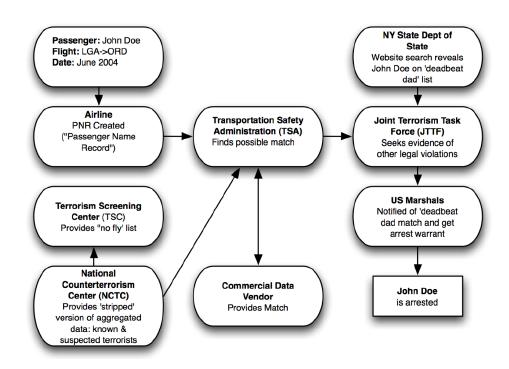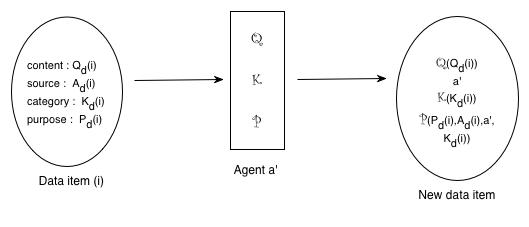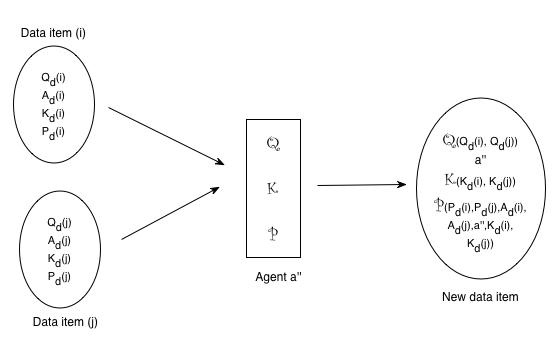Data-Purpose Algebra: Modeling Data Usage Policies
Lalana Kagal
Decentralized Information Group
MIT Computer Science and Artificial Intelligence Laboratory
|
Case Study: Privacy Act(5 USC § 552a)
|

|
What does DPA do ?
How does it work?
|

|
|

|
When information is put into a SOR (collected), or moved from one SOR to another (shared), its uses can be computed as


|



|
|

|
Related Work
Future Work
Summary
More information
